Variance The No 1 Enemy For Quality Output
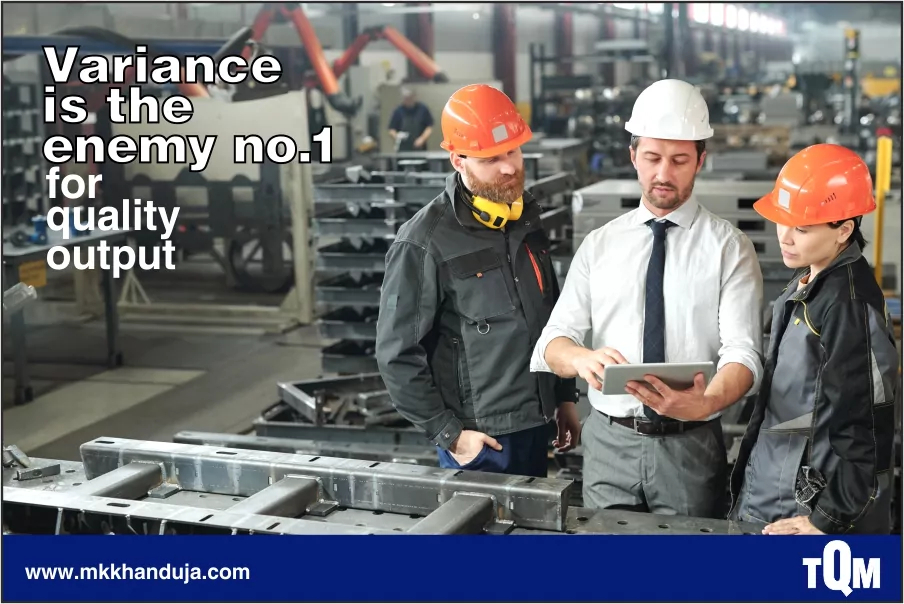
At the output of any process – be it administrative, development, teaching and learning, or manufacturing – we will find variance. The sad reality is that uncontrolled variance is the enemy to quality.
It can be partitioned between "common causes" and "assignable causes." Common cause variance exists in every process--it can be reduced by process improvement activities, but not eliminated. Assignable cause variance is unnatural variance in a process that should be identified and addressed.
A common problem in business is managers who treat all variance as if it were due to assignable causes. This leads to the over adjustment of processes (which increases variance), criticism of employees for variance that is out of their control, and reward of employees for being the "best" when that distinction is the result of just common cause variance.
To understand just how variance management can impact manufacturing, let's first take a look at how quality control experts in other industries elucidate the relationship between quality and variance.
Anticipating Variance
One of the most effective ways to reduce variance is to anticipate it and then prevent it by designing processes, products and management practices to be insensitive to uncontrollable variance. This concept of insensitivity to variance, often called robustness, is a key aspect of statistical thinking, yet it is greatly underused.
Simply put, one understands the process when it is possible to predict its future performance. A process is understood when:
Critical variables (X's) that drive the process are known.
Critical uncontrolled (noise) variables that affect the process output are known, and the process has been designed to be insensitive to these uncontrolled variances.
Measurement systems for process variables (X's) and outputs (Y's) are in place and the amount of measurement variance is known.
Process capability is known.
Effective process control procedures and control plans are in place.
With the help of TQM methods and understanding of the process variance as the foundation of process understanding and improvement, professionals can then be on a continuous lookout for important sources of variance—whether in the process itself or the measurement process—and confidently reduce that variance, secure in the knowledge they can significantly improve performance quality and increase productivity.

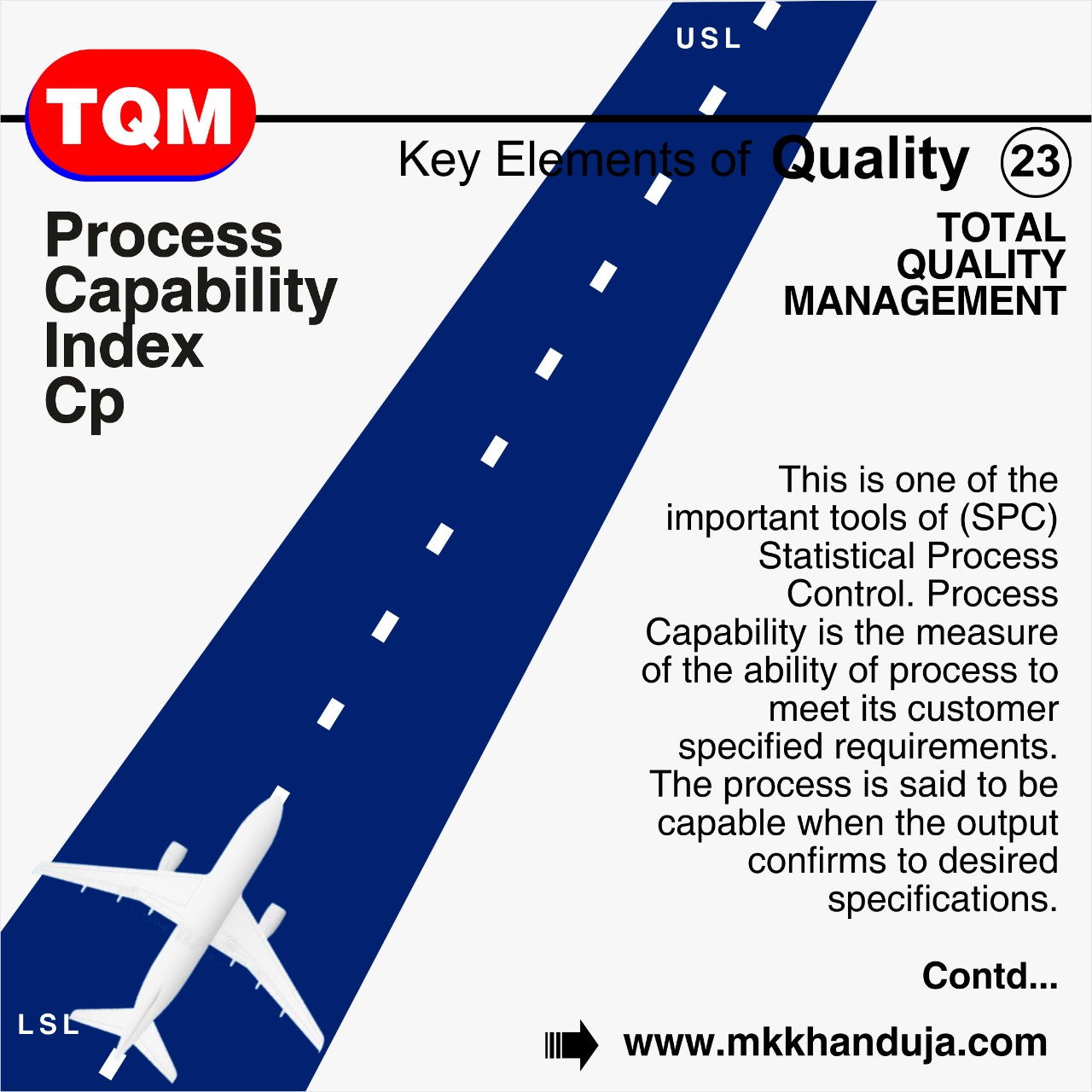
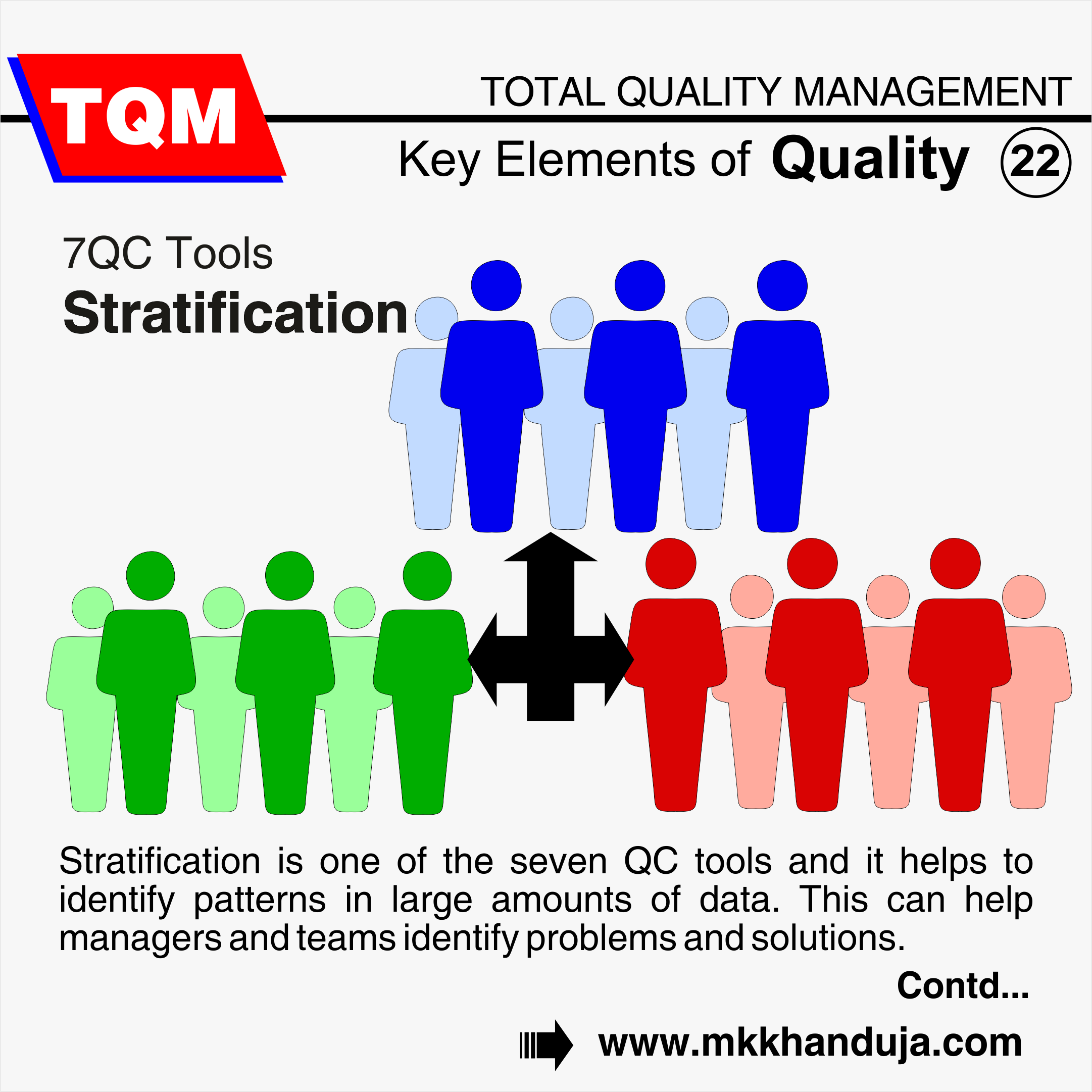
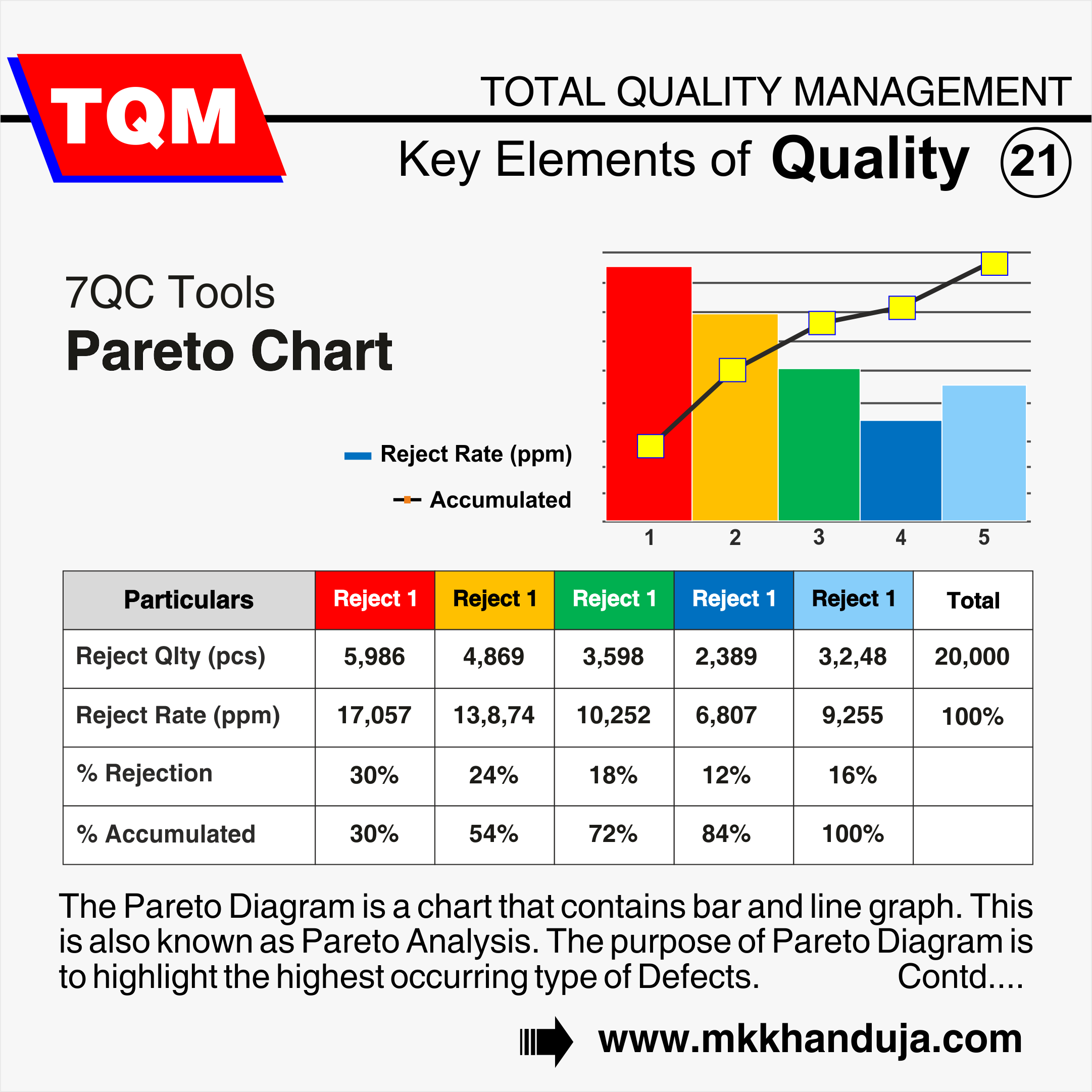
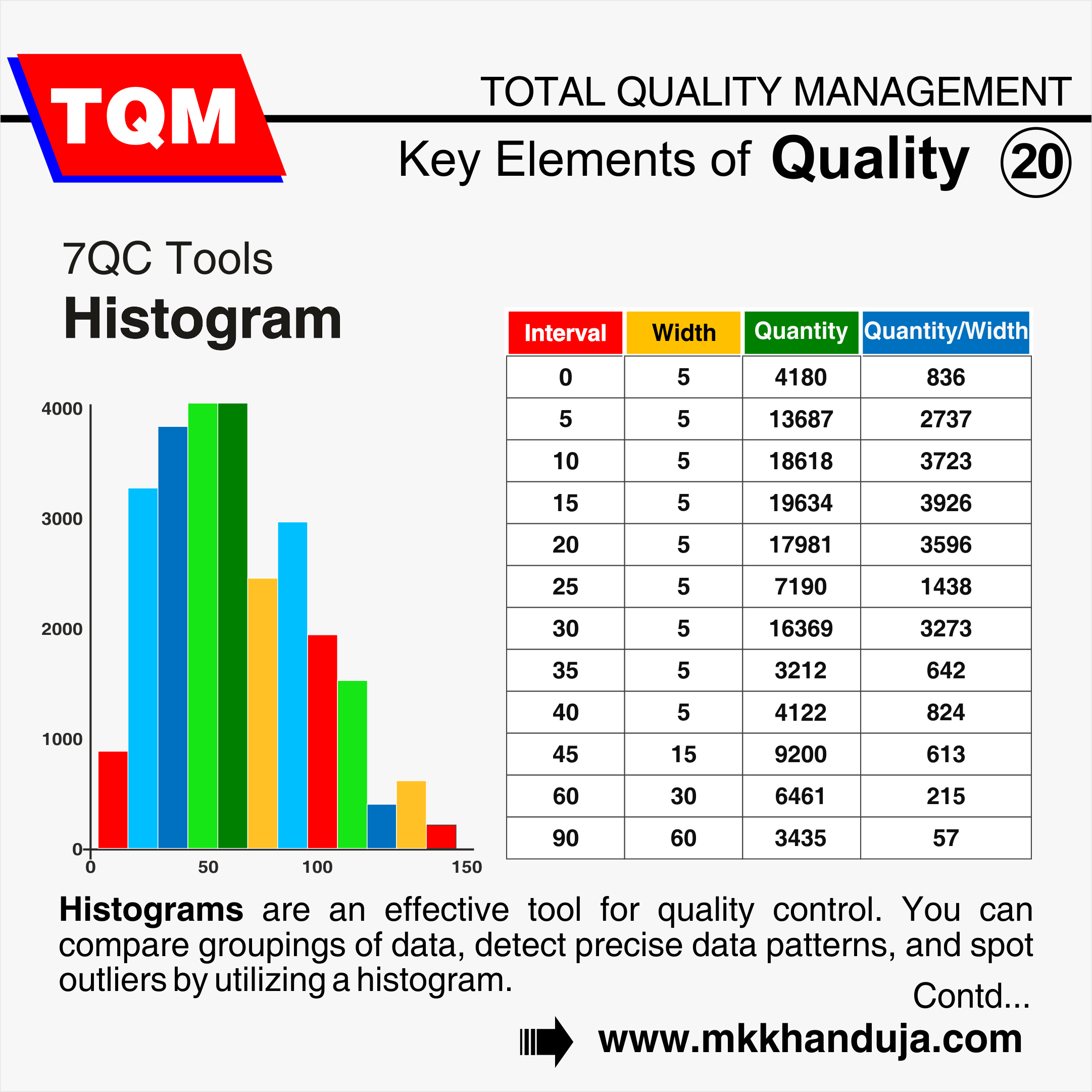
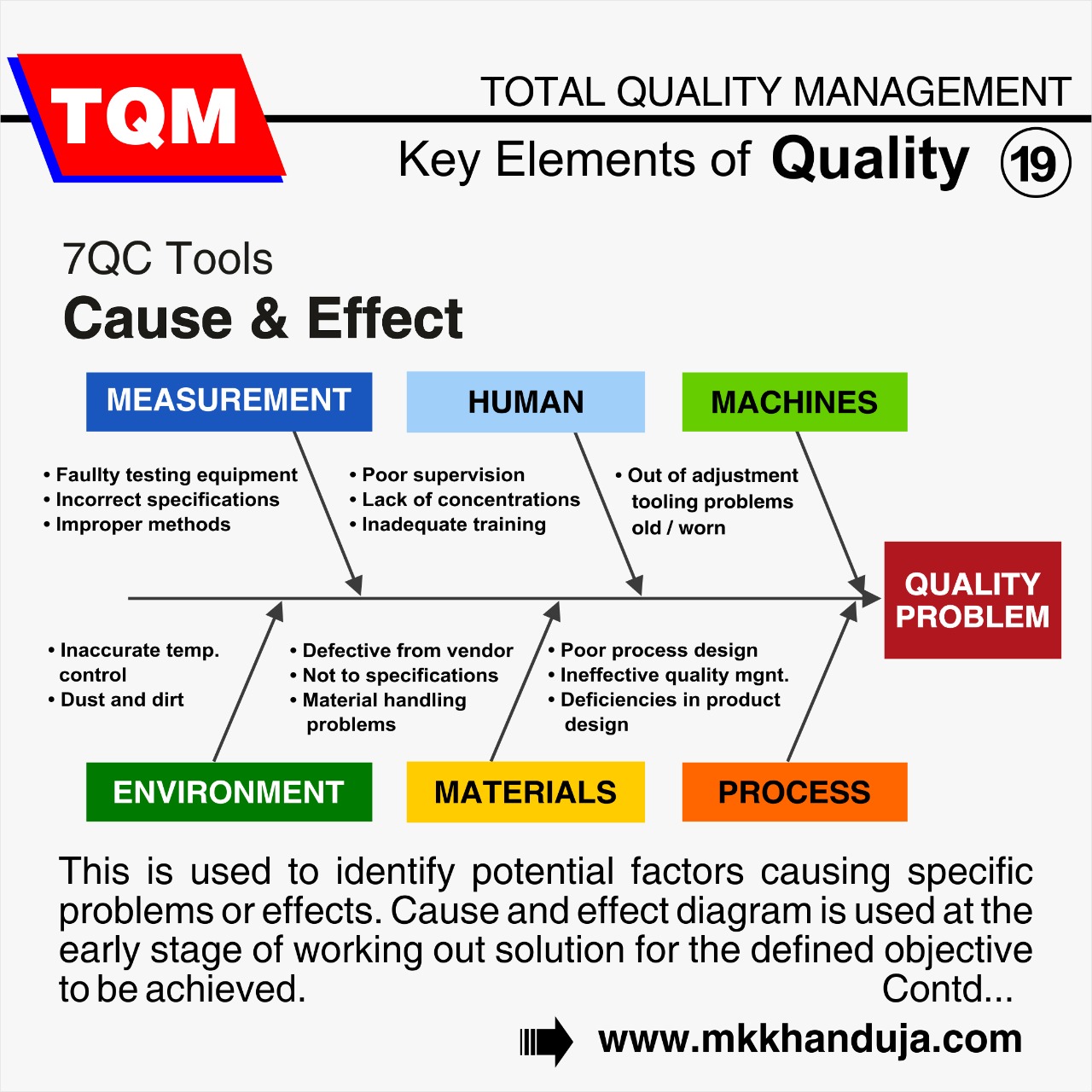
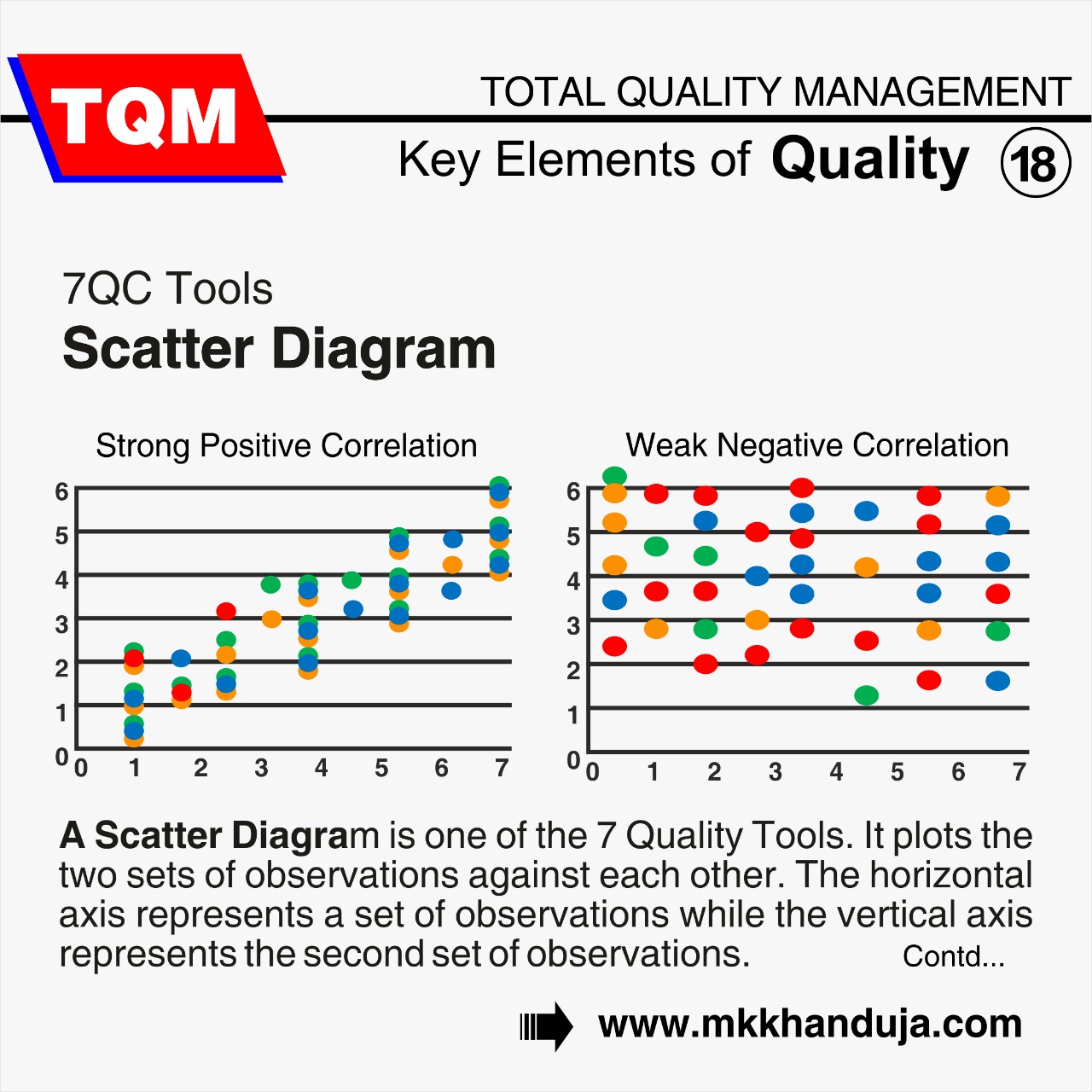
Comments